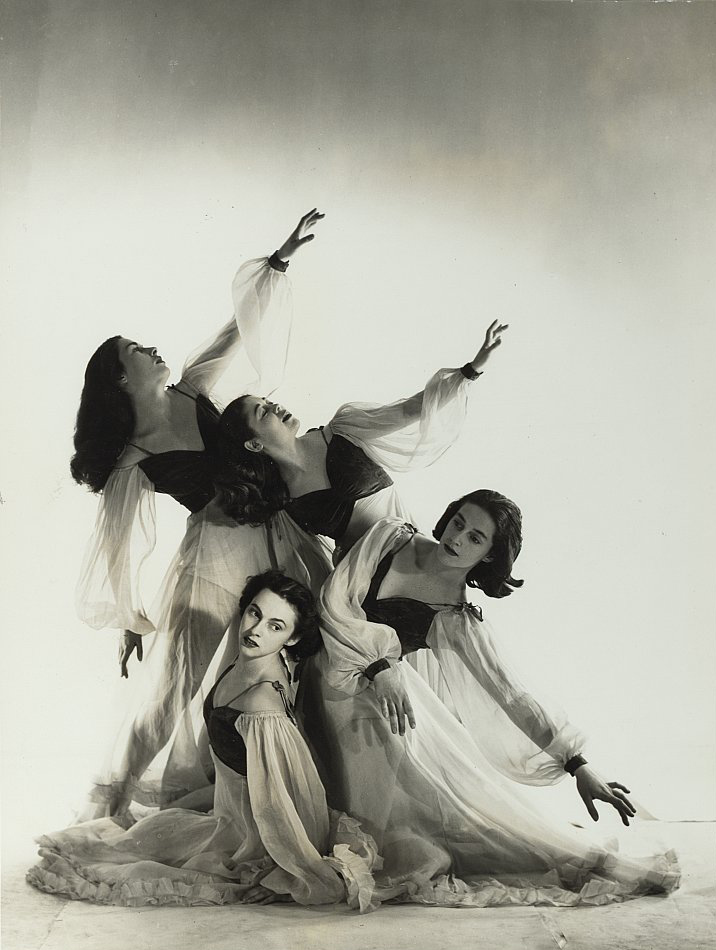Bodenwieser, Gertrud (1890-1959), was an Austrian-born choreographer, teacher, and dancer. She greatly influenced modern dance in Australia through her work with the Bodenwieser Ballet group the last 20 years of her life. Bodenwieser’s early dances were inspired by modern painting and music. Her most significant dances during her Australian period include Cain and Abel (1940), O World (1945), The Life of the Insects (1949), and Errand into the Maze (1954). She developed an influential system of exercises for dancers generally known as the Bodenwieser technique.

Bodenwieser was born on Feb. 3, 1890, in Vienna, Austria. She made her first public appearance in Vienna in 1919 performing her own dances. She taught dance in Austria in her own school and then at the Vienna State Academy of Music and Dramatic Art, where she became a professor in 1928. She formed a dance group in 1922 made up of her female students. In 1938, German troops seized Austria and made it part of Nazi-ruled Germany. Bodenwieser left Austria and eventually settled in Australia in 1939, where she was reunited with her Austrian company and began teaching. She died on Nov. 10, 1959.
